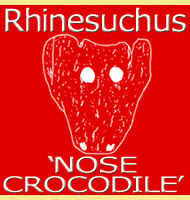Yongjinglong
In Depth Perhaps the most unusual feature of Yongjinglong is the scapula, the part that is equivalent to your own shoulder blade. Although the holotype individual has been estimated to have been about fifteen to eighteen meters long, the shoulder blade was unusually large in proportion at two meters long in itself. In addition to … Read more
